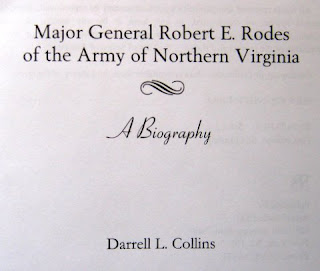Gaston Jean-Baptiste de France (Monsieur) in 1634
Castelnaudary,
Action at (Sept. 1, 1632). Defeat of Monsieur’s rebel
army, led by Montmorency, by the French Royal Army, commanded by Schomberg.
In late 1631, a French force commanded by the
marshals Schomberg and La Force was operating in Lorraine against the forces of
Charles IV, Duke of Lorraine. Its mission was to take Moyenvic. About mid-year
1632, supporters of the rebel Gaston, Duke of Orleans (called Monsieur, the
French king’s brother), rose in revolt in Languedoc. The insurgents were led by
Henri, Duke of Montmorency, and supported by Lorraine and Spain. Languedoc,
their stronghold, was an ancient center of dissidents and close,
geographically, to Spain.
At news of the revolt, the Royal Army made
preparations to confront the rebels in Languedoc. Marshal Schomberg, with 2,000
horse (approximately 1,500 cavalry and 500 mounted musketeers), left St. Dizier
immediately for Languedoc. He was followed by La Force with the rest of the
troops, 8,000 infantry and 1,500 cavalry. The strength of the Royal Army,
therefore, was 11,500 (3,500 horse). The strength of the rebels was about
10,000 altogether.
On September 1, the rebels were surprised by
Schomberg while negotiating a pass in broken country at Castelnaudary, about 20
miles WNW of Carcassone. Schomberg’s “Griffons,” 500 mounted musketeers drawn
from four companies of the French Guards, won the day, fighting dismounted from
behind hedges and smashing an attempt by Monsieur’s cavalry to break out of a
confined bridgehead with musketry. The fighting lasted about a half-hour and
resulted in the utter defeat and dispersal of Monsieur’s force. “It was not a
general combat,” said Richelieu, “but merely an ambush.” Nonetheless, it was
observed that never had such great slaughter been effected in so little time
and that, as a result, “10,000 had fled from 500.”
The little skirmish, hardly remarkable (or
remarked upon) from a military standpoint, had important political
consequences. It marked the abrupt end of Monsieur’s latest inept and shabby
protest against ministerial absolutism and resulted, as was usually the case,
in his reconciliation with the king and the execution of his chief
co-conspirator. Montmorency was beheaded at Toulouse on October 30.
© Dur Écu 2013






